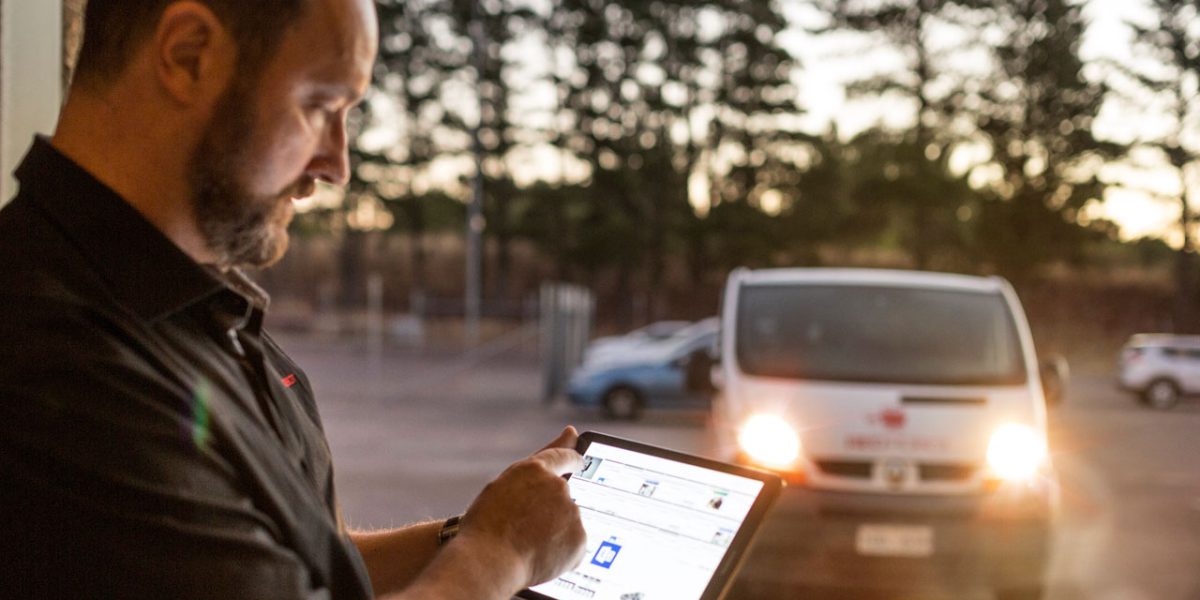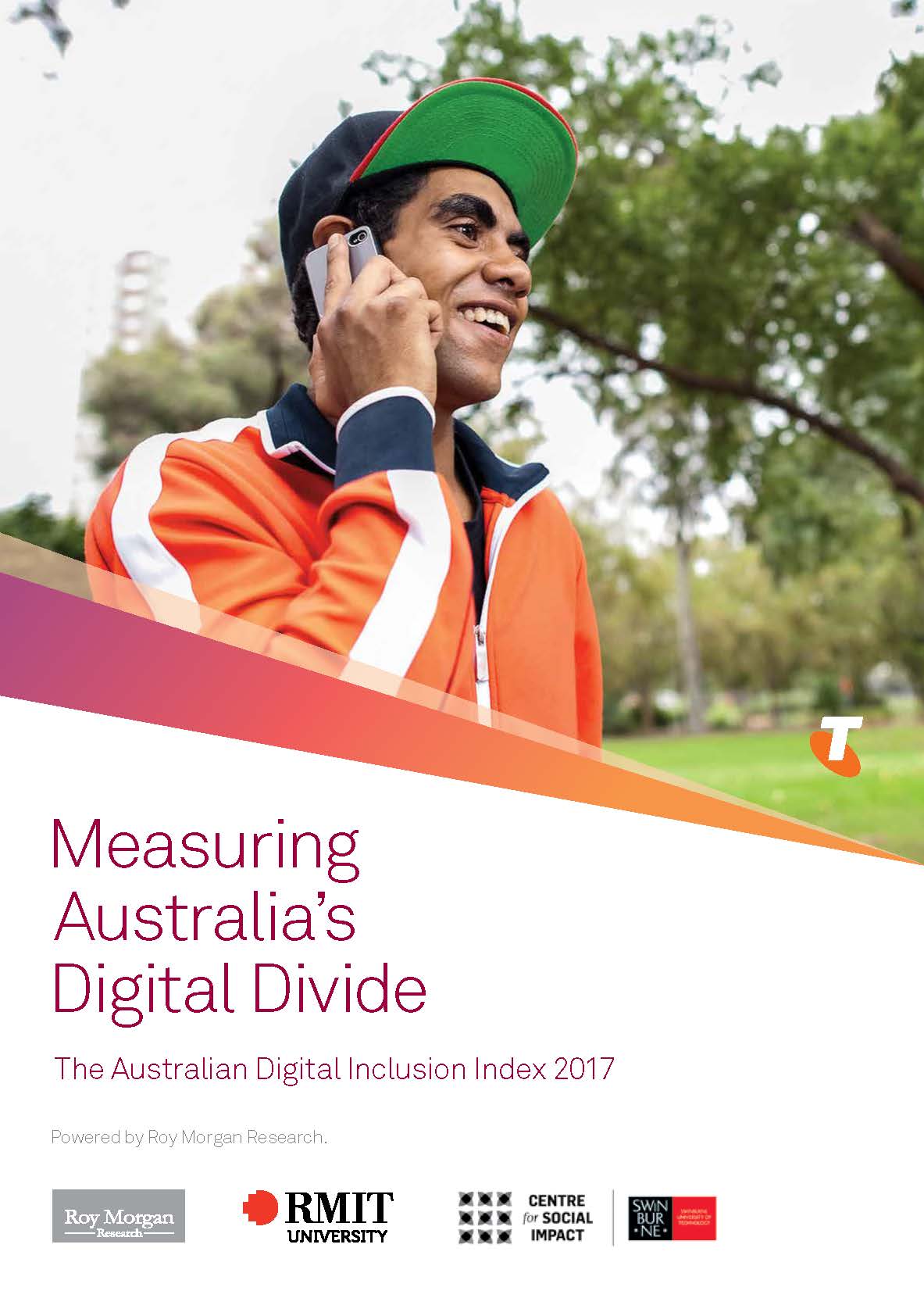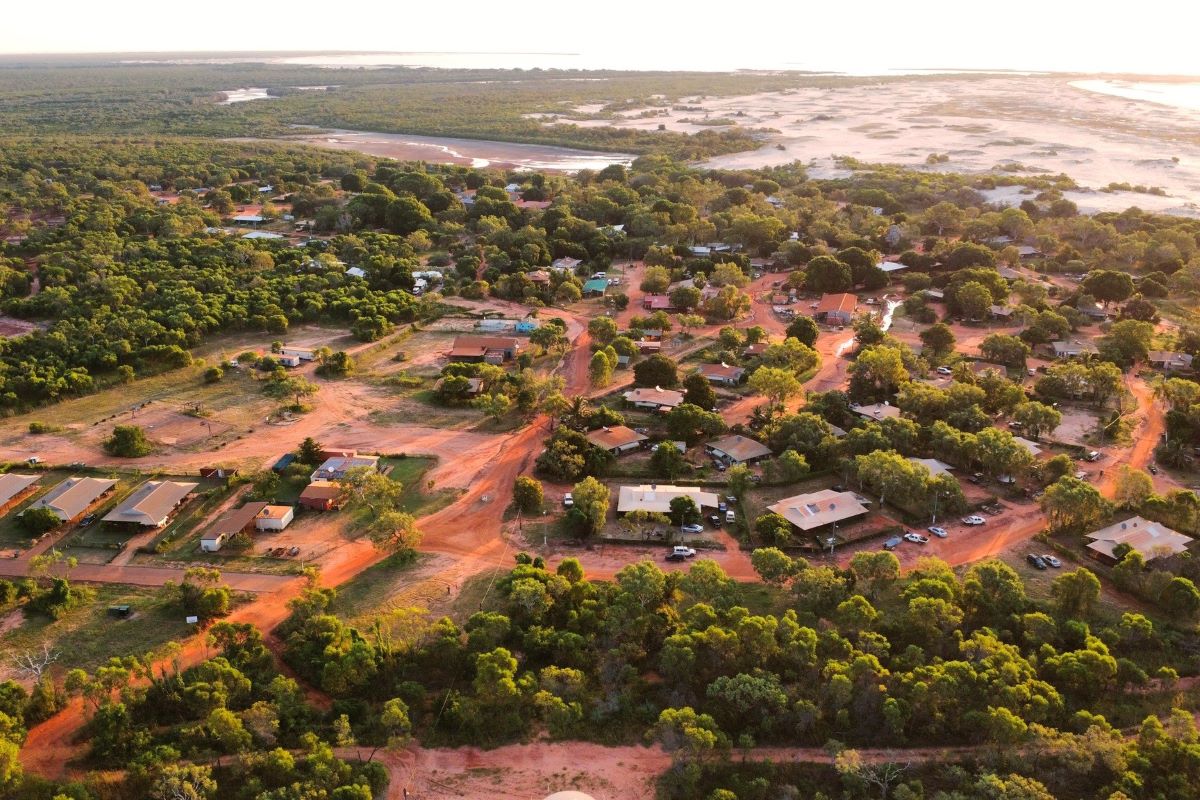This case study was originally published in the 2017 Australian Digital Inclusion Index report, and is derived from the Roy Morgan Single Source dataset. As of 2021, the Australian Digital Inclusion Index is based on the Australian Internet Usage Survey (AIUS). The numerical results of this case study cannot be compared with the refreshed ADII data.
As regional cities assume greater significance in Australia’s social and economic landscape, understanding their digital inclusion becomes increasingly important. Offering access to high quality schools and universities, modern health facilities, employment, and relatively affordable housing, regional cities make an attractive lifestyle choice for professionals, families, and older Australians. Regional cities also function as important hubs for communities living in surrounding regions, including rural and remote communities.
This case study explores digital inclusion within three regional Australian cities: Geelong, Newcastle, and Townsville. The value of comparing digital inclusion across these three regional cities lies both in their similarities as well as their differences. While each city is located on Australia’s eastern seaboard, they are distinguished by their proximity to the nearest capital city. Geelong is an easily commutable 75 kilometres from Melbourne, while Newcastle is 162 kilometres – a two-hour drive – from Sydney. By contrast, Townsville is 1,348 kilometres, or a two-day drive, from Brisbane.
Previous Australian research has explored digital inclusion within rural communities1, but less is known about how regional cities are responding to the digital inclusion challenge.2
The ADII data for 2017 reveals some interesting parallels and differences between these three cities. All three regional cities scored higher than rural areas in the same state, but lower than the nearest capital city.
Digital inclusion within these three regional cities has increased over the four years recorded to date (2014–2017), but at varying rates: Geelong is up by 9.9 points, Newcastle by 4.0, and Townsville by 5.3. In each case, rising scores were driven by improvements across the three sub-indices: Access, Affordability, and Digital Ability.
The ADII data suggests that improved Access has been a driving factor, with Geelong and Townsville recording increases greater than both the national and the state capital average figures. In both cases, increased Access was driven by improvements in Internet Technology (up 17.1 points in Geelong and 14.3 points in Townsville) and Internet Data Allowance (up 20.1 in Geelong and 16.9 in Townsville). This increased Access appears to reflect Australia-wide rises across regional and rural areas (up 8.1 points since 2014). While the factors behind this trend require further investigation, increased Access may reflect a growing awareness of the value of digital connectivity in regional and rural Australia.
By contrast, Affordability played a relatively minor role in improving digital inclusion levels across these three regional cities. Looking at the components of Affordability, the improvement in Value of Expenditure on internet products was largely offset by a decline in Relative Expenditure. This reflects the fact that across the Australian population, an increasing proportion of household income is being spent on internet services. Consistent with previous research on rural digital inclusion3, the ADII data suggests that while increased Access is helping to drive digital inclusion in these regional cities, Affordability represents a potential barrier.
The Digital Ability scores for Geelong (up 11.4 points) and Newcastle (up 6.3 points) have increased notably since 2014, exceeding comparable gains in Sydney, Melbourne, and Australia-wide. Looking at the components of the Digital Ability measure, both of these regional cities recorded strong growth in Basic Skills (up 16.1 and 10.7 points respectively). On the other hand, Townsville recorded a relatively modest rise of 1.0 points on the Digital Ability sub-index. Unlike Geelong, increased Access in Townsville has not been matched by a corresponding increase in Digital Ability.
The rising rates of digital inclusion in Geelong, Newcastle, and Townsville have been driven by increased Access and improved Digital Ability. This reflects a broader trend across regional and rural Australia, and a growing recognition of the value of digital connectivity for all Australian communities. At the same time, Affordability remains a key issue and a potential barrier to achieving full digital inclusion in regional Australia.
Further information
For more information, including related data tables and the full citation list, please refer to the 2017 Australian Digital Inclusion Index.
References and footnotes
[1] Dobson, P., Jackson, P. and Gengatharen, D. (2013). Explaining broadband adoption in rural Australia: modes of reflexivity and the morphogenetic approach. MIS Quarterly, 37(3), 965–991; Freeman, J. and Park, S. (2015). Rural realities: digital communication challenges for Australian local governments. Transforming Government: People, Process and Policy, 9(4), 465–479; Goggin, G. (2003). Wiring the Country: Local Telecommunications and Australian Rural Communities. Southern Review: Communications, Politics and Culture, 36(1), 36–47; Leung, L. (2014). Availability, access and affordability across ‘digital divides’: Common experiences amongst minority groups. Australian Journal of Telecommunications and The Digital Economy, 2(2), Article 38; Park, S. (2016). Digital inequalities in rural Australia: A double jeopardy of remoteness and social exclusion. Journal of Rural Studies.
[2] Atkinson, J., Black, R. and Curtis, A. (2008). Exploring the digital divide in an Australian regional city: a case study of Albury. Australian Geographer, 39(4), 479–493; Alam, K. and Imran, S. (2015). The digital divide and social inclusion among refugee migrants. Information Technology & People, 28(2), 344 –365.
[3] Park, S. (2016). Digital inequalities in rural Australia: A double jeopardy of remoteness and social exclusion. Journal of Rural Studies.
Citation
Thomas, J, Barraket, J, Wilson, C, Ewing, S, MacDonald, T, Tucker, J & Rennie, E, 2017, Measuring Australia’s Digital Divide: The Australian Digital Inclusion Index 2017, RMIT University, Melbourne, for Telstra. DOI: www.dx.doi.org/10.4225/50/







